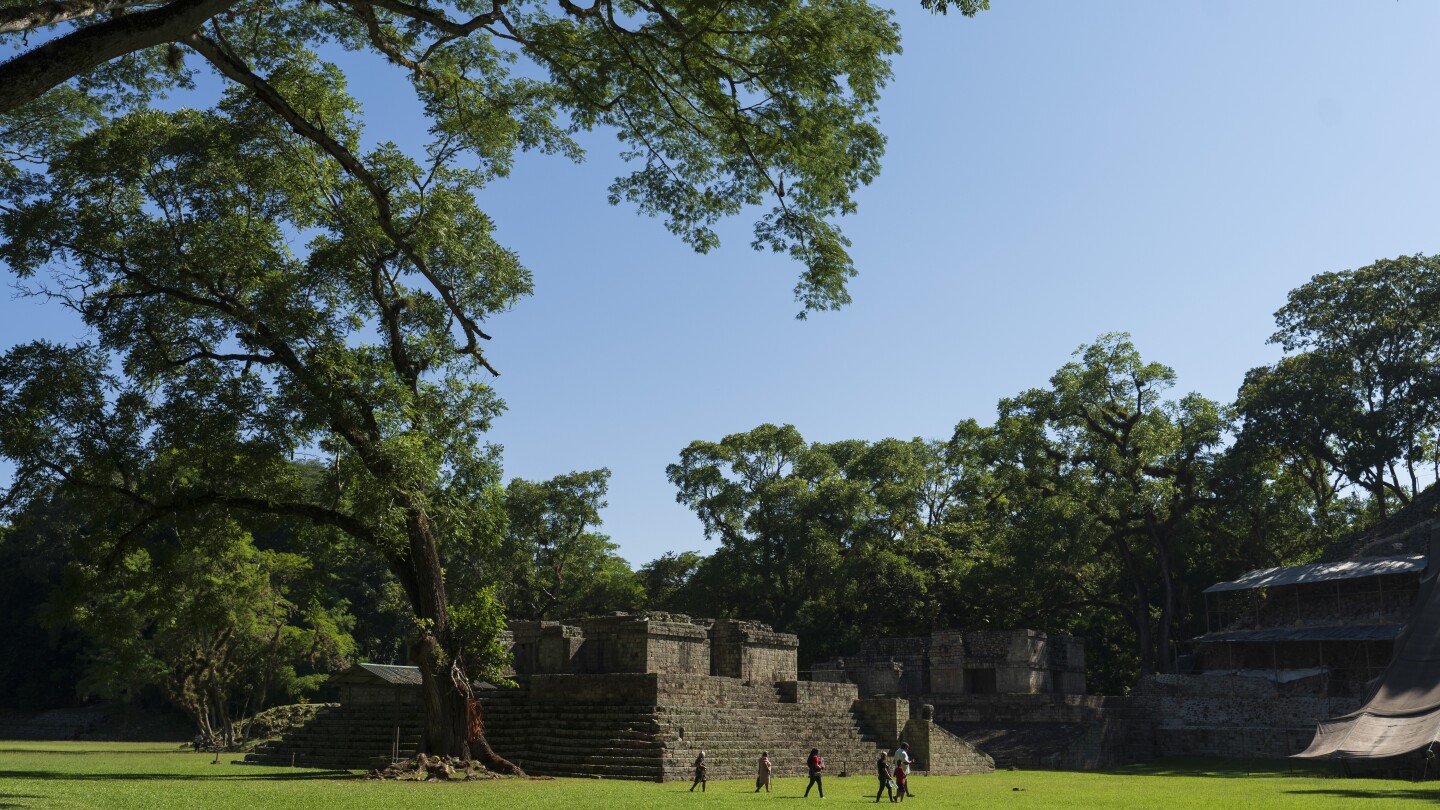In the quest to build better for the future, some are looking for answers in the long-ago past.
Ancient builders across the world created structures that are still standing today, thousands of years later — from Roman engineers who poured thick concrete sea barriers, to Maya masons who crafted plaster sculptures to their gods, to Chinese builders who raised walls against invaders.
Yet scores of more recent structures are already staring down their expiration dates: The concrete that makes up much of our modern world has a lifespan of around 50 to 100 years.



I thought they figured this out already, and it was a combination of the lime chunks allowing the concrete to heal, and also mixing it hot somehow made a difference.
I’ve heard lots of reasons. One was that the Romans used volcanic ash, which has some kind of special structure that maked it durable. I’ve also heard that it had to do with using salt water. Obviously not using rebar is important to longevity. The article talks about the lime chunks in the Roman section. I’m kind of a sucker for any article about Roman history though.
Well then, eat your heart out!
I read a good chunk of that and I’m not going to lie the chemistry part went right over my head. My new favorite phrase is “post-pozzolanic reactivity.”